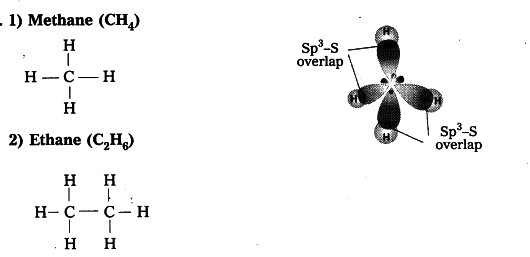5 Easy Steps to Draw Ethyne Lewis Structure

Drawing the Lewis structure of ethyne (C₂H₂) is a fundamental skill in chemistry, as it helps visualize the arrangement of atoms and electrons in this simple yet fascinating molecule. Ethyne, also known as acetylene, is a linear hydrocarbon with a triple bond between its two carbon atoms. Here’s a step-by-step guide to help you master the process, ensuring clarity and precision.
Step 1: Determine the Total Number of Valence Electrons
Before drawing the Lewis structure, calculate the total number of valence electrons in ethyne.
- Carbon ©: Each carbon atom has 4 valence electrons.
- Hydrogen (H): Each hydrogen atom has 1 valence electron.
Ethyne (C₂H₂) has:
[ 2 \times 4 (\text{C}) + 2 \times 1 (\text{H}) = 8 + 2 = 10 \text{ valence electrons} ]
Step 2: Identify the Central Atom
In ethyne, there is no central atom because the molecule is linear. The two carbon atoms are bonded together, and each carbon is attached to one hydrogen atom. For simplicity, start by placing the two carbon atoms next to each other.
Step 3: Form Bonds Between Atoms
Connect the atoms with single bonds initially. Each single bond uses 2 electrons.
- Place a single bond between the two carbon atoms (using 2 electrons).
- Add a hydrogen atom to each carbon atom (using 2 more electrons).
Total electrons used so far: (2 (\text{C-C}) + 2 (\text{C-H}) = 4).
Remaining electrons: (10 - 4 = 6).
Step 4: Complete the Octets and Form Multiple Bonds
Carbon atoms need 8 electrons to complete their octets, while hydrogen atoms need 2. Since hydrogen already has its required electrons, focus on the carbon atoms.
- The single bond between the carbons uses 2 electrons, leaving each carbon with 3 electrons (from the initial 4 valence electrons minus 1 used in the C-H bond).
- To satisfy the octet rule, convert the single bond between the carbons into a triple bond. A triple bond uses 6 electrons (3 bonds × 2 electrons per bond).
Now, the structure looks like this:
[ \text{H-C}\equiv\text{C-H} ]
Each carbon atom now has 8 electrons (4 from the triple bond and 2 from the C-H bond), and each hydrogen has 2 electrons.
Step 5: Verify the Structure
Ensure the Lewis structure follows these rules:
1. All atoms (except hydrogen) have complete octets.
2. The total number of valence electrons used is 10.
3. The structure is linear, reflecting ethyne’s geometry.
Historical Context: The Discovery of Ethyne
Ethyne was first discovered in 1836 by Edmund Davy, who identified it as a product of calcium carbide reacting with water. Its unique triple bond structure was later elucidated through advancements in molecular theory, making it a cornerstone in organic chemistry studies.
Practical Applications of Ethyne
Ethyne is widely used in:
- Welding and Cutting: As a fuel gas due to its high flame temperature.
- Chemical Synthesis: As a building block for polymers and pharmaceuticals.
- Fruit Ripening: As a plant hormone (ethene) precursor.
Comparative Analysis: Ethyne vs. Ethene
While ethyne (C₂H₂) has a triple bond, ethene (C₂H₄) has a double bond. This difference affects their reactivity and physical properties:
| Property | Ethyne (C₂H₂) | Ethene (C₂H₄) |
|---|---|---|
| Bond Type | Triple | Double |
| Bond Length (C-C) | 120 pm | 134 pm |
| Reactivity | Highly Reactive | Moderately Reactive |

Future Trends: Ethyne in Green Chemistry
Researchers are exploring ethyne’s role in sustainable chemistry, particularly in synthesizing complex molecules with minimal waste. Its high energy content and versatility make it a promising candidate for green chemical processes.
Why does ethyne have a triple bond?
+Ethyne forms a triple bond to satisfy the octet rule for both carbon atoms, using 6 out of 10 valence electrons.
What is the molecular geometry of ethyne?
+Ethyne has a linear geometry due to the sp hybridization of carbon atoms, resulting in a 180-degree bond angle.
How does ethyne differ from ethane?
+Ethane (C₂H₆) has single bonds between carbons, while ethyne (C₂H₂) has a triple bond, making it more reactive and less saturated.
Can ethyne be used as a fuel?
+Yes, ethyne is used as a high-temperature fuel in welding and cutting due to its combustion efficiency.
By following these steps and understanding the underlying principles, you can confidently draw the Lewis structure of ethyne and appreciate its significance in chemistry. Whether for academic purposes or practical applications, mastering this skill opens doors to deeper exploration of molecular structures.